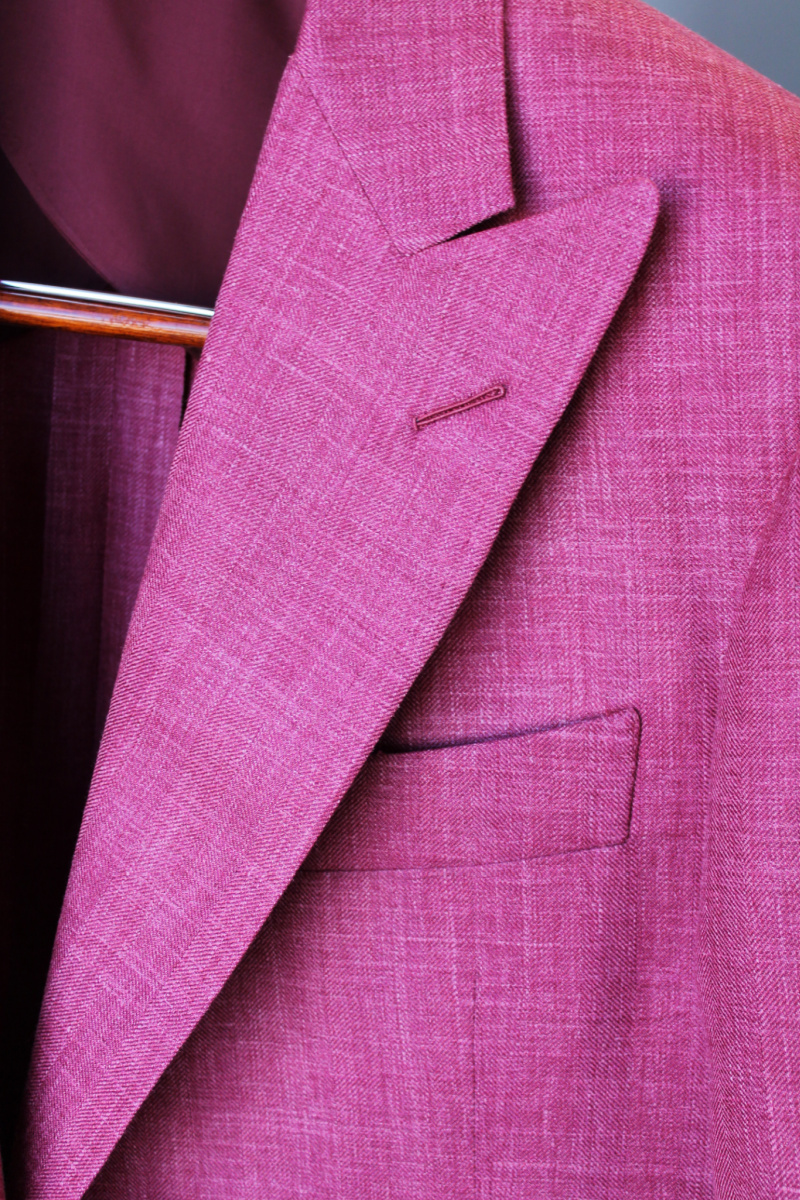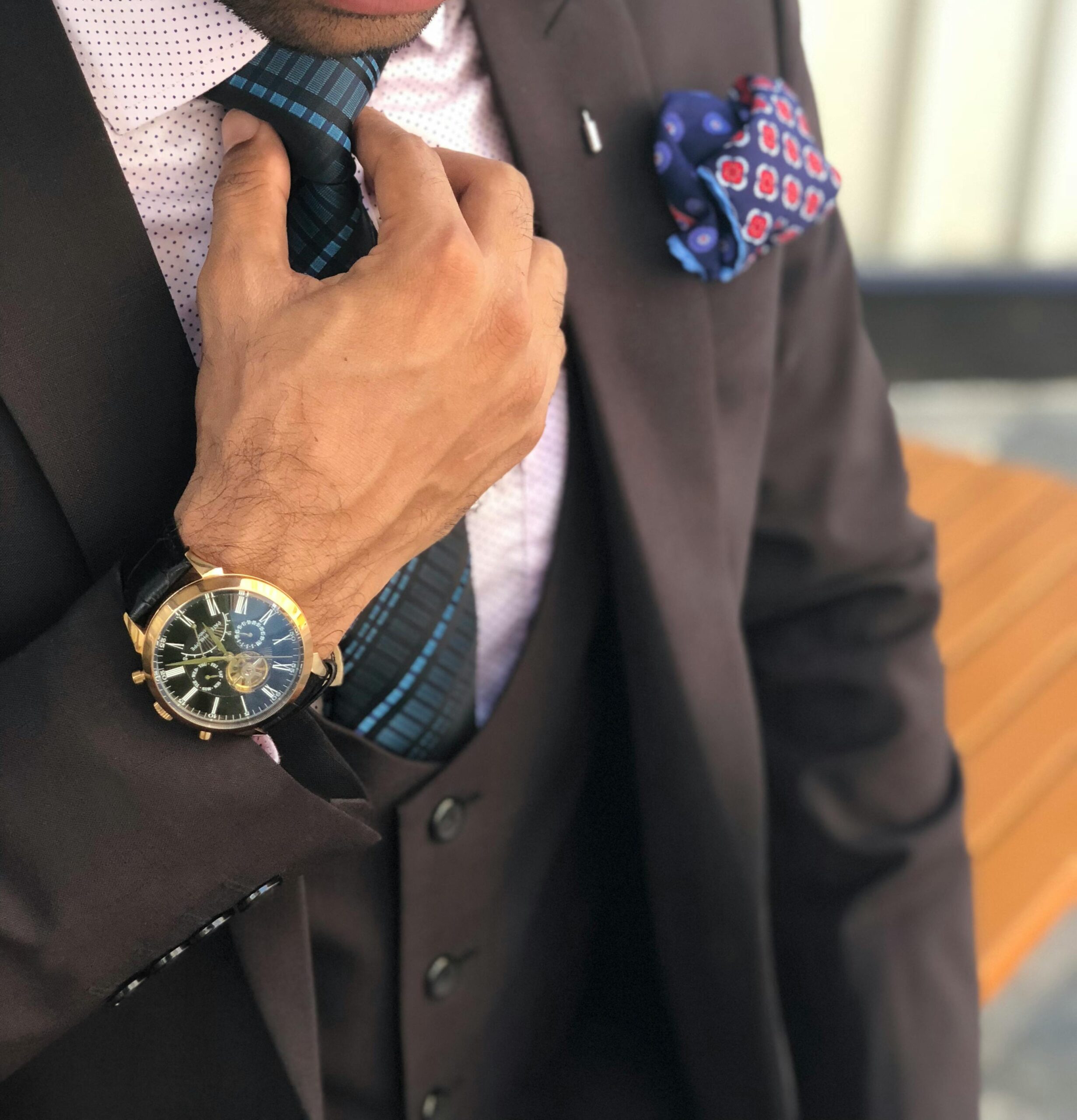On paper, men largely welcomed casual dress codes replacing business professional ones in their offices. Brian, our company President, relates an old anecdote about this. One day in the 1990’s, his father came home from work elated that he didn’t have to wear suits anymore. He felt like a prisoner being unshackled.
“Casual Friday” (and, by extension, the entire business casual dress code), however, has its own challenges. It’s not easy to dress when the rules are blurry, and we have plenty of articles to help you through that. But, how did Casual Friday ever come about?
In this post, we’ll dive into the history of Casual Friday. We’ll also discuss how Hawaiian shirts, of all garments, were instrumental in its proliferation.
Origins of Casual Friday
Casual Friday is actually Hawaiian in origin. Its first name was “Aloha Friday,” and it came about as a way to support Hawaii’s garment industry.
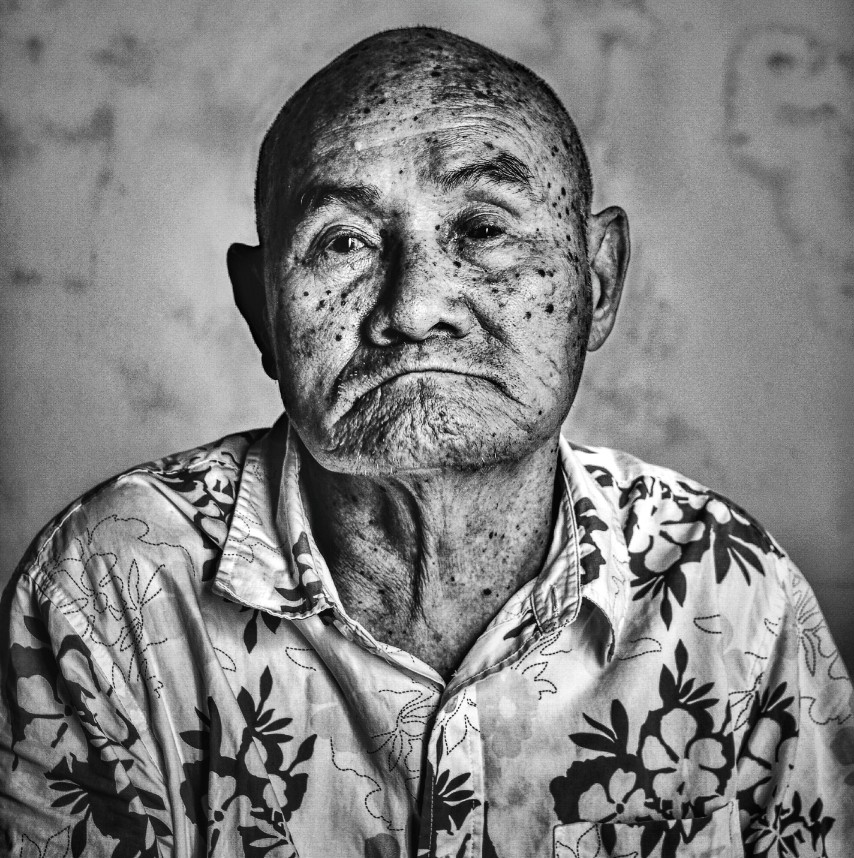
Under the moniker “Operation Liberation” in 1962, the Hawaiian Fashion Guild (HFG) executed a pretty effective direct marketing tactic: distributing two Aloha shirts apiece to every single member of the Hawaii House of Representatives and the Hawaii Senate.
It comes as little surprise that the Hawaii Senate soon passed a resolution recommending that aloha attire be worn in the summer months. This started on Lei Day (May 1), which celebrates traditional island culture, particularly that of Native Hawaiians.
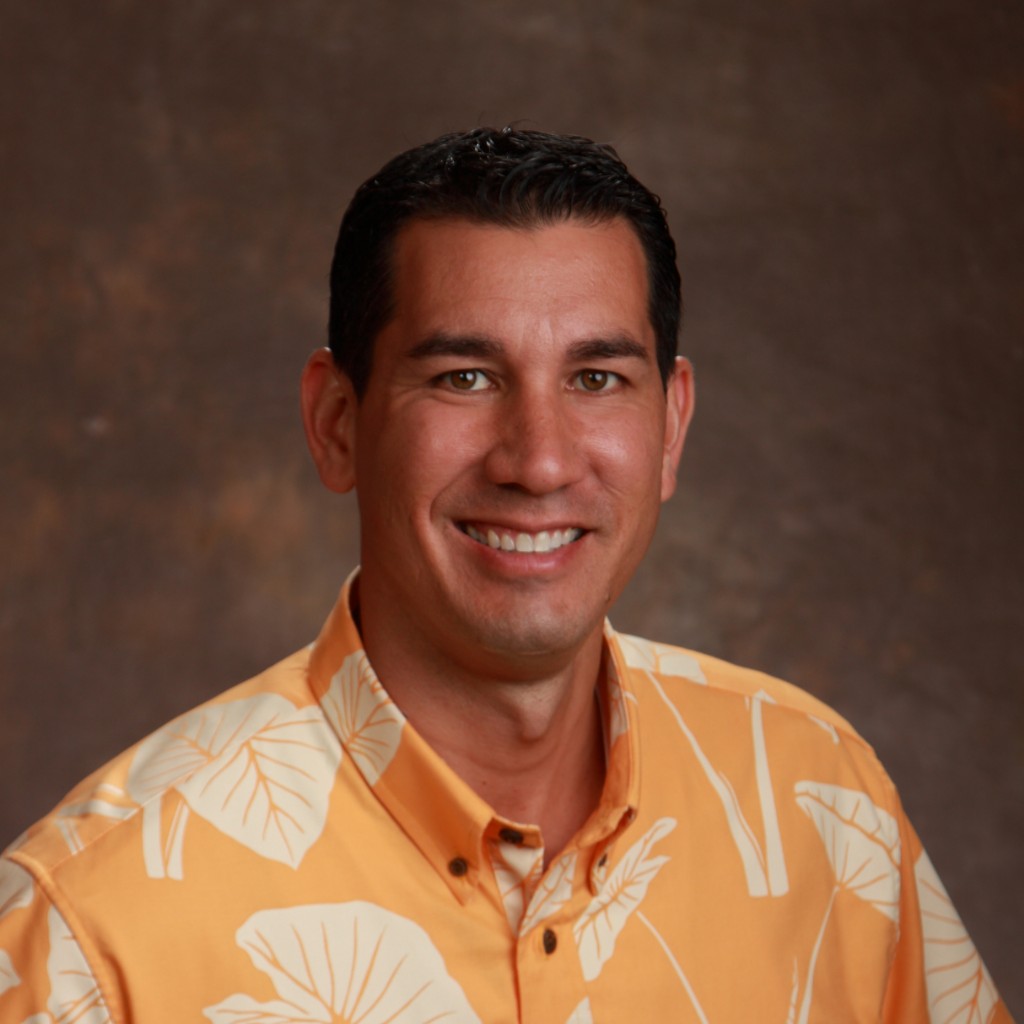
Three years later, Bill Foster, Sr., the president of the HFG, formally initiated a lobbying campaign to convince employers to adopt “Aloha Friday.” He sold it as a way to let employees dress more casually (that is, in an Aloha shirt) on the last day of the workweek for a few months a year. The concept was officially adopted in 1966. By 1970, Aloha attire was appropriate for any day of the week.
The concept first spread to California and finally made its way across the country by the 1990’s, when “Casual Friday” became a household name.
What Are Hawaiian Shirts?
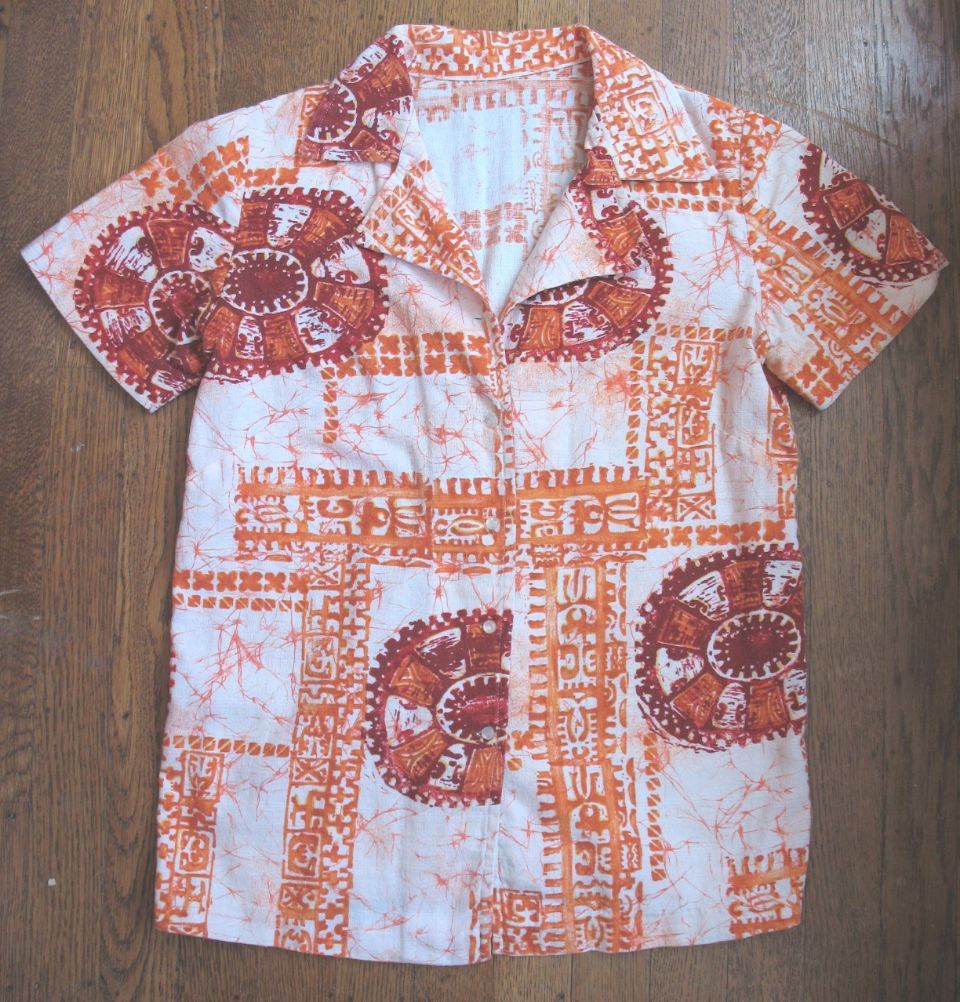
A Hawaiian shirt – “Aloha shirt” if you’re a purist – is a casual, short-sleeve, button-front shirt, typically with a camp collar. The colors are bold and bright, and the patterns involve either large florals and/or island motifs – women in hula skirts, sunsets on the beach, that sort of thing.
These shirts’ cut is typically generous, and you’ll often see them with square, vented bottoms (not “scooped” on the sides like a typical dress shirt). It should be obvious, but we’ll say it anyway: Hawaiian shirts are about as casual as casual wear gets. Opt for shorts, light colored trousers, or extremely casual suits to wear with Hawaiian shirts.
Aloha Wear & Image – Tying It Together
Image is regional. Hawaiian shirts provide a clear, if somewhat exaggerated, example of this concept at work.
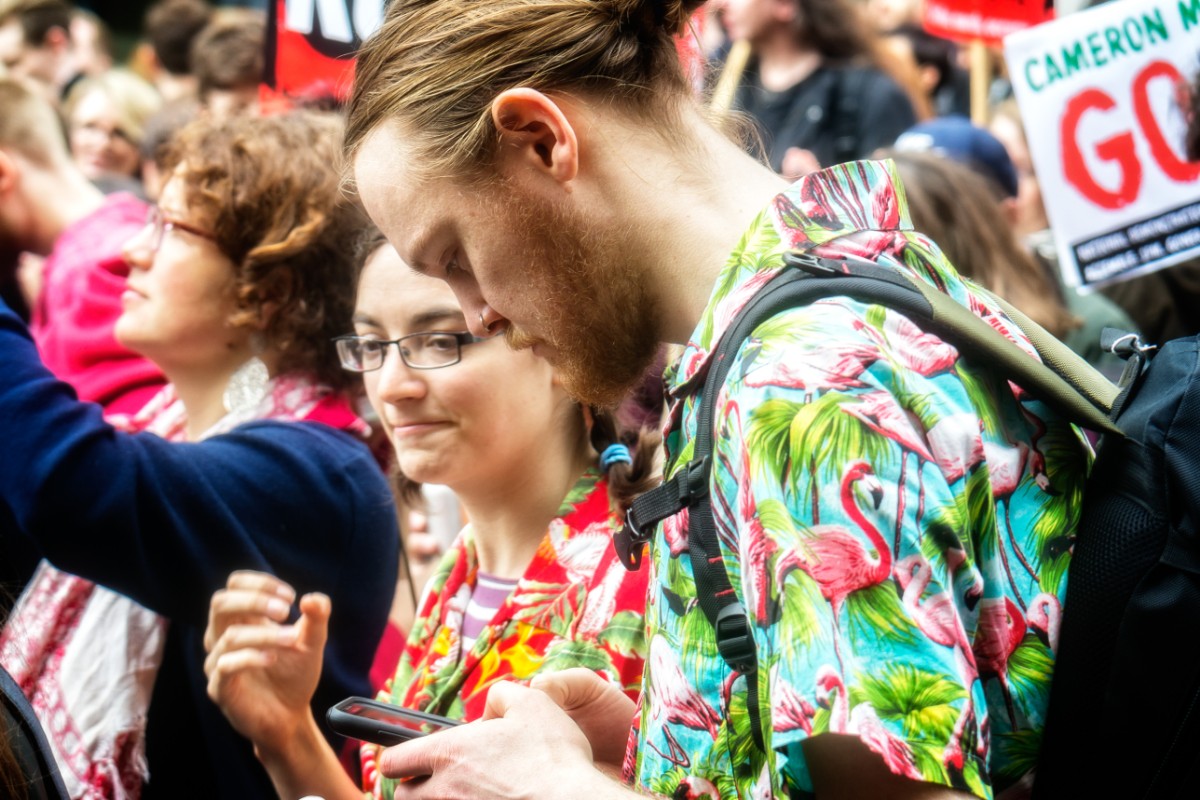
Let’s start in the American Northeast – Philadelphia, New York, and the rest of the Eastern Seaboard. In this region, Hawaiian shirts only leave the closet a few times a year. You can really only wear them during the summer, and their boldness makes them extremely memorable. Sure, plenty of well-dressed men don a Hawaiian shirt from time to time, and we even make some here at the shop. But when you wear one without intention, they transmit an image of campiness and unseriousness.
This isn’t necessarily a negative, but something the wearer should keep in mind.

In Hawaii, however, Aloha wear is completely acceptable – expected, even – as business casual attire. You can wear one just about anywhere and no one will bat an eye. Hawaiian shirts are so mainstream on the island that, depending on the specific courtroom, they’re even appropriate for lawyers. Semi-formal functions like weddings and dinners often call for “Aloha attire.” Given Hawaii’s extremely casual nature, it’s actually considered inappropriate to wear “mainland” evening wear at such events.
Depending on where you live, one man’s dressy is another man’s casual.
Further Reading
A genuine, positive image is crucial to personal and professional success. We’re here to help you hone your image, Hawaiian shirts or not. Call 215-310-0219 or email info@henrydavidsen.com to talk about what we can do for you. We also invite you to check out these other articles:
